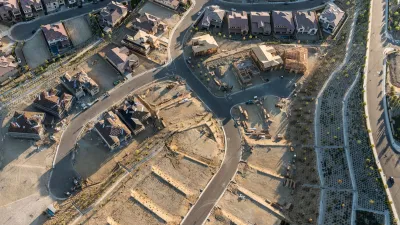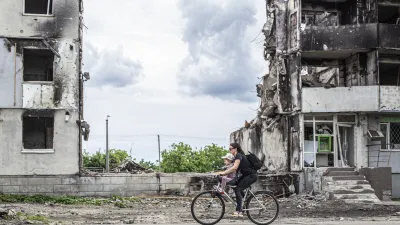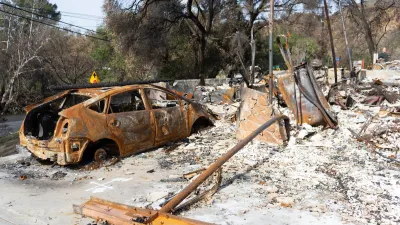The 2023 Maui wildfires have caused significant out-migration, reduced in-migration, and substantial economic losses, reshaping the island’s population and straining its recovery efforts.

The 2023 Maui wildfires have led to significant population shifts, with at least 1,000 residents leaving the island due to displacement, financial instability, and uncertainty about rebuilding. As reported by Dylan Moore and Baybars Karacaovali, State income tax filings provide early insights into these migration patterns, revealing that 430 to 510 residents have moved out of state, while others have relocated to different parts of Hawaii. Additionally, reduced in-migration has contributed to Maui’s declining population, with an estimated 370 fewer people moving to the island than expected. Although these figures likely underestimate the full impact, they offer a critical first look at the long-term effects of the disaster.
Beyond tracking individual relocations, researchers analyzed migration trends within Maui, finding that most displaced residents moved to other areas of the island, particularly within Lahaina. However, a sizable portion left for other Hawaiian counties or the mainland U.S. The analysis also estimates that migration patterns in unburned areas of Lahaina and the rest of Maui County were affected, with residents leaving at rates higher than expected. Despite the limitations of tax filing data—such as delayed reporting and address inconsistencies—the findings suggest that the fires have accelerated out-migration and slowed new arrivals, reshaping Maui’s demographic landscape.
The economic consequences of this population loss are substantial, with an estimated $60 million in annual income leaving Maui and over $50 million lost statewide. These shifts not only reduce local spending but also impact job availability and tax revenues, with the state losing more than $3 million in income tax revenue alone. These figures, however, only capture a fraction of the total economic toll, as they do not account for financial losses experienced by those who remained on the island. Future research aims to assess the broader economic impact of the fires, shedding further light on Maui’s ongoing recovery challenges.
FULL STORY: Migration Effects of the Maui Wildfires: Early Indicators from State Tax Filings

Study: Maui’s Plan to Convert Vacation Rentals to Long-Term Housing Could Cause Nearly $1 Billion Economic Loss
The plan would reduce visitor accommodation by 25,% resulting in 1,900 jobs lost.

North Texas Transit Leaders Tout Benefits of TOD for Growing Region
At a summit focused on transit-oriented development, policymakers discussed how North Texas’ expanded light rail system can serve as a tool for economic growth.

Why Should We Subsidize Public Transportation?
Many public transit agencies face financial stress due to rising costs, declining fare revenue, and declining subsidies. Transit advocates must provide a strong business case for increasing public transit funding.

How to Make US Trains Faster
Changes to boarding platforms and a switch to electric trains could improve U.S. passenger rail service without the added cost of high-speed rail.

Columbia’s Revitalized ‘Loop’ Is a Hub for Local Entrepreneurs
A focus on small businesses is helping a commercial corridor in Columbia, Missouri thrive.

Invasive Insect Threatens Minnesota’s Ash Forests
The Emerald Ash Borer is a rapidly spreading invasive pest threatening Minnesota’s ash trees, and homeowners are encouraged to plant diverse replacement species, avoid moving ash firewood, and monitor for signs of infestation.
Urban Design for Planners 1: Software Tools
This six-course series explores essential urban design concepts using open source software and equips planners with the tools they need to participate fully in the urban design process.
Planning for Universal Design
Learn the tools for implementing Universal Design in planning regulations.
City of Santa Clarita
Ascent Environmental
Institute for Housing and Urban Development Studies (IHS)
City of Grandview
Harvard GSD Executive Education
Toledo-Lucas County Plan Commissions
Salt Lake City
NYU Wagner Graduate School of Public Service





























